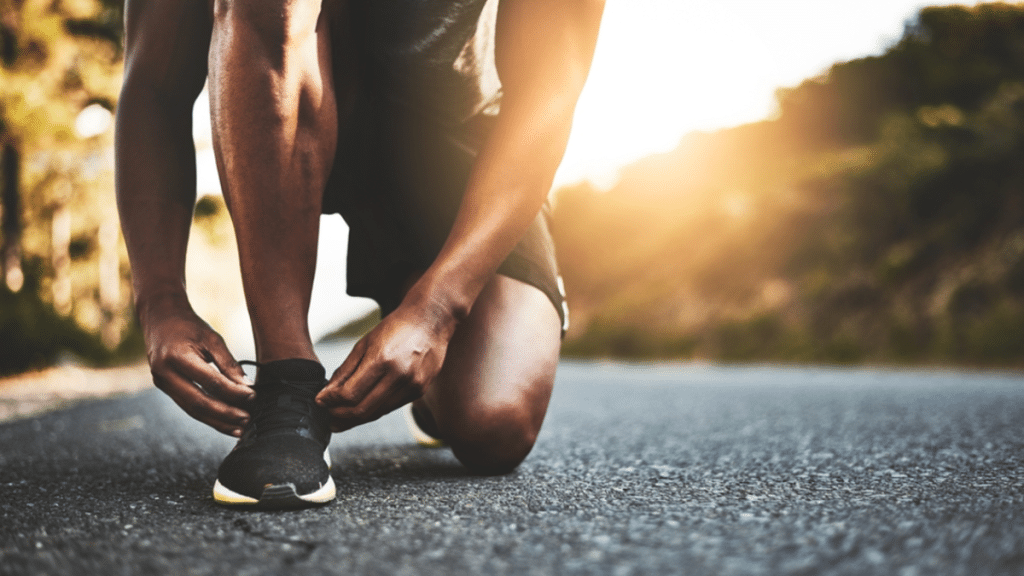As a runner, I’ve always been obsessed with performance—pace, distance, VO2 max, shoes, nutrition—you name it. But for a long time, I overlooked one of the most important pieces of the puzzle: recovery.
I used to think recovery just meant stretching, hydrating, and getting enough sleep. And while those things matter, it wasn’t until I started incorporating regular sports massage into my routine that I truly understood what it meant to recover well—and how much of a difference it could make in both how I felt and how I performed.
The Wake-Up Call
A few months into half-marathon training, I hit a wall. My legs were constantly sore, my calves were tight, and even short runs started to feel like a grind. Foam rolling helped a bit, and so did rest days, but I still felt like I wasn’t bouncing back the way I should.
That’s when a coach recommended sports massage—not just as a post-race treat, but as a regular part of my training cycle. Honestly, I was skeptical. Massage always felt like a luxury, not a necessity. But I gave it a shot.
The results? Immediate, and honestly kind of shocking.
What Changed After Just One Session
My first session focused on my lower body—calves, hamstrings, quads, and glutes. The therapist used firm, targeted pressure to release knots, stretch out tight areas, and bring circulation to muscles that had clearly been overworked.
I walked out of that session feeling lighter and looser. The heaviness in my legs was gone, and even climbing stairs felt easier. But the real difference came during my next run: smoother stride, less fatigue, and a better mental focus. It felt like my body had finally caught up with the training.
How Sports Massage Supports Recovery
What I quickly learned is that sports massage isn’t just about feeling good—it’s functional. It helps break down adhesions in the muscle tissue (those painful “knots” we all know), improves blood flow, and reduces inflammation. All of that leads to faster healing, which means less downtime between runs.
Here are a few of the biggest benefits I’ve noticed:
- Reduced soreness: What used to be lingering muscle pain after long runs now resolves much faster.
- Fewer injuries: Tight calves and hip flexors used to lead to overuse issues. Massage has kept those areas supple and injury-free.
- Improved flexibility: I didn’t realise how restricted my movement was until it improved.
- Better sleep: Massage helps relax both the muscles and nervous system, which has helped me sleep more deeply and recover overnight.
Not Just for Elites
At first, I thought sports massage was only for elite athletes or those recovering from injury. But the truth is, anyone who trains consistently can benefit, especially runners. Our sport is high-impact, repetitive, and tough on the body. Muscles get tight, fascia becomes restricted, and over time, that adds up to poor form, fatigue, and sometimes burnout.
Massage interrupts that cycle. It gives your body the reset it needs to keep training, week after week, without breaking down.
My New Approach to Recovery
Now, I schedule a sports massage every two to three weeks. I treat it like strength training or tempo runs—just another non-negotiable part of my plan. And the results speak for themselves: better performance, fewer niggles, and a body that feels like it’s working with me, not against me.
Massage won’t replace training, nutrition, or sleep—but it absolutely enhances them. It helps me recover faster, train smarter, and stay consistent. And in running, consistency is everything.
Final Thoughts
If you’re a runner who’s constantly battling tight muscles, slow recovery, or minor injuries that just won’t quit, I can’t recommend sports massage enough. It’s not about pampering—it’s about longevity, performance, and feeling good in your own skin.
Because the truth is, the stronger you recover, the stronger you run.

